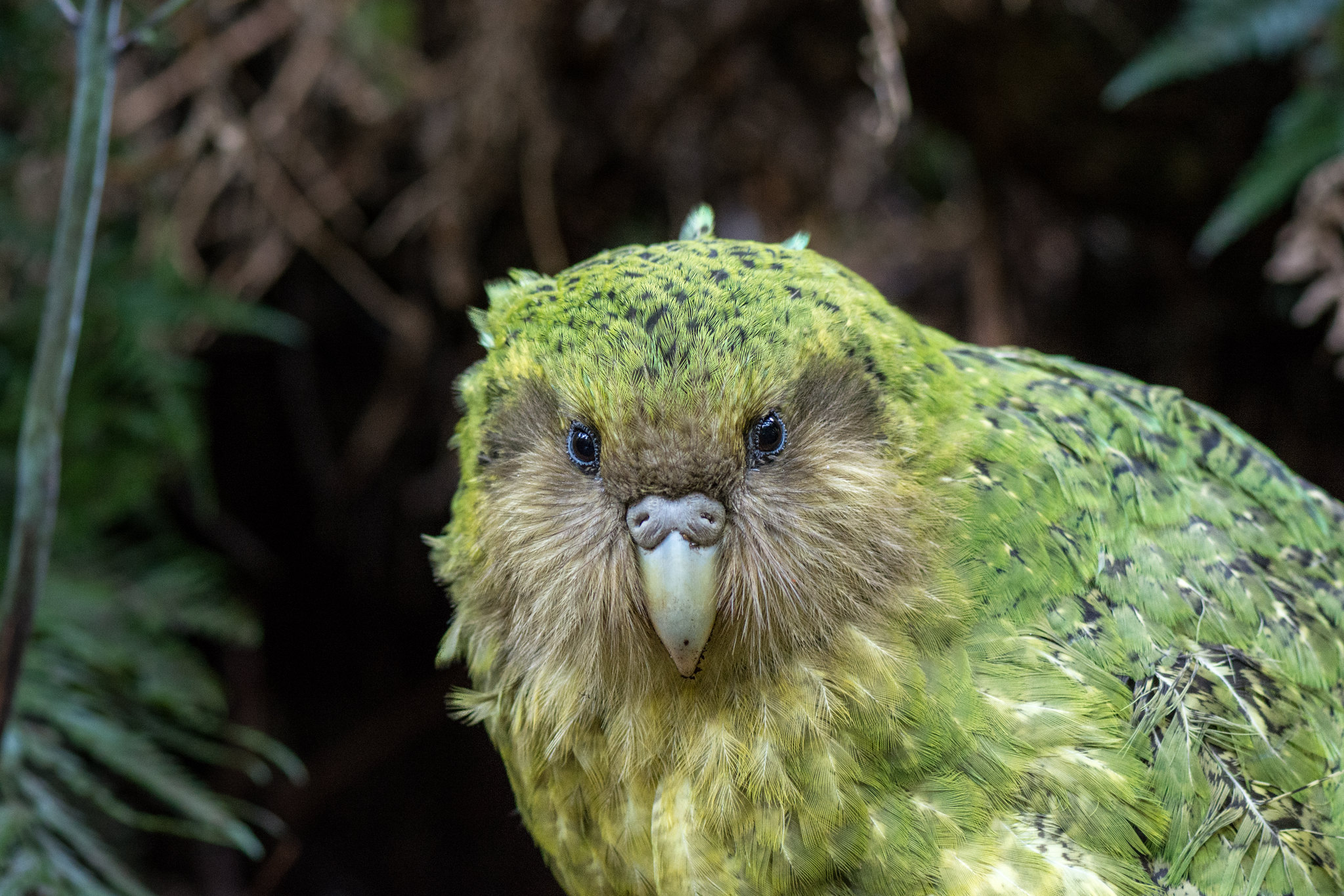Media release
From:
There’s a bit of good news for Aotearoa’s amazing kākāpō, the world’s only flightless parrot.
Efforts to preserve the extraordinary bird – population about 237 – include frequent doses of antibiotics. What if kākāpō developed the antibiotic resistance which threatens other animals, including humans?
A scientific study focused on just that topic suggests that so far kākāpō are OK.
Led out of the University of Auckland by PhD student Natalie Ayriss and senior researcher Professor Mike Taylor, the study suggests antibiotics are yet to have negative consequences on the birds and seem to remain effective.
The scientists sampled kākāpō on two islands for signs of antibiotic resistance and also honed in on an individual male known as Joe who was being treated with antibiotics.
While the use of antibiotics doesn’t appear to have had negative consequences, there’s still the risk that microbes in kākāpō could develop antibiotic resistance through antibiotic treatments or via transmission from other birds or even humans, the scientists wrote in the journal Frontiers in Microbiology.
Heavier than any other parrot, weighing as much as 4 kilograms, kākāpō live on 4 offshore islands and at Maungatautari sanctuary. Despite being flightless, the kākāpō uses its strong claws and bill to climb high into trees to feed. Another unique trait: it's the only “lek breeding” parrot, meaning males mount competitive displays to be chosen by females each breeding season.



 New Zealand
New Zealand



